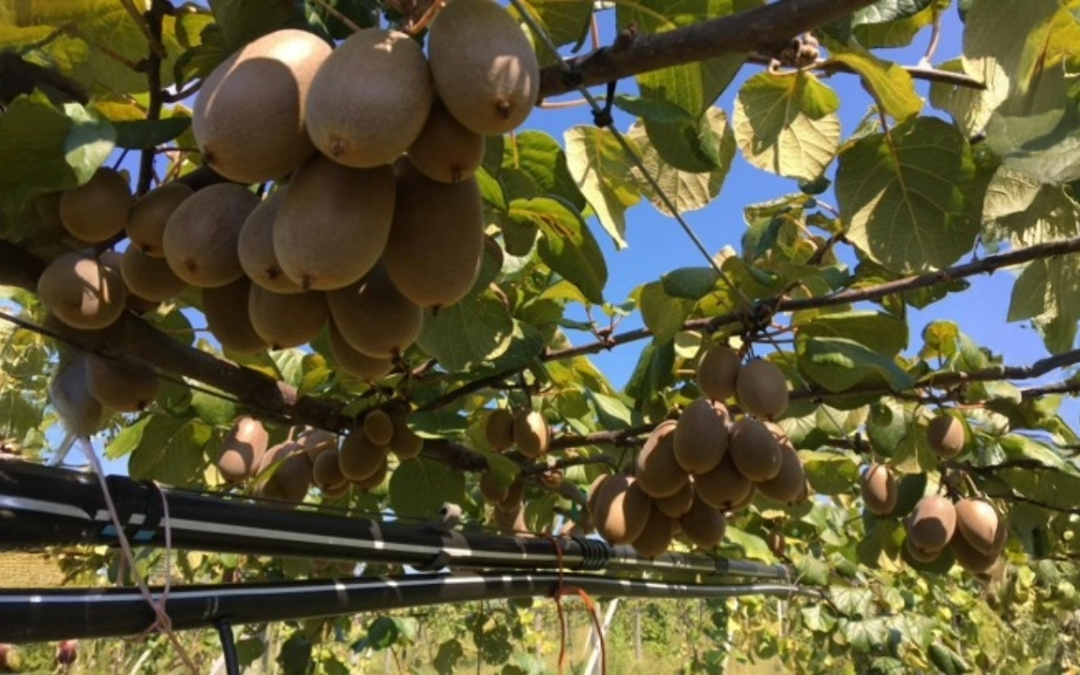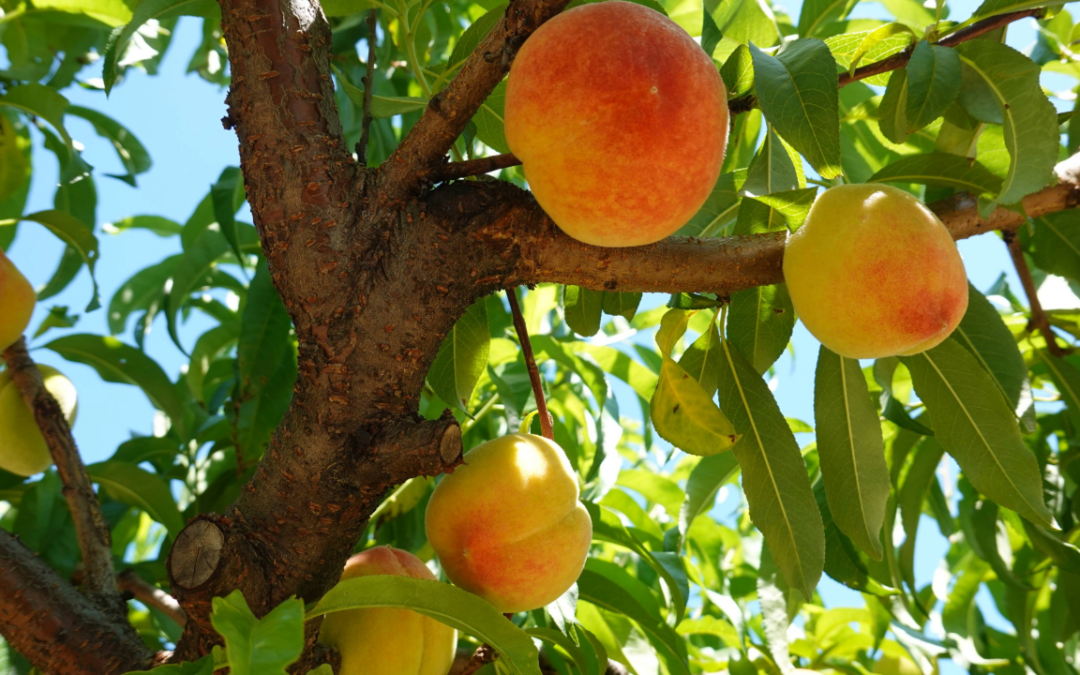Each year, the Alabama poultry industry produces two fully loaded Nimitz-class aircraft carriers’ worth of poultry litter, or about 3.6 billion pounds. Poultry litter is rich in nitrogen and phosphorus, and much of the waste product is applied to farmland as a low-cost fertilizer. However, when applied improperly, the resulting runoff can be disastrous for the environment.
A team of soil scientists from the Alabama Agricultural Experiment Station, Cornell University and Oregon State University were awarded $1.3 million by the National Resources Conservation Service to study nutrient runoff from manure fertilizer. The research will guide new best management practices for farmers, as well as provide a detailed database for regulators hoping to lessen the environmental impact of runoff, such as algal blooms, dead zones in waterbodies, poor air quality, and greenhouse gas emissions.
“The broad implication of this project is to truly provide science-based information on manure application and reduce its impacts on water quality and air quality,” said Rishi Prasad, associate professor at Auburn and the leader of the grant team.
The USDA-NRCS currently provides nutrient management standards, known as “590 standards,” that are intended to help them avoid applying excess nutrients. The difficulty the NRCS faces is providing meaningful regulations for manure application when there are so many factors affecting the likelihood of runoff.
Soil types differ by region. Some absorb water more readily than others, and some naturally contain more or less nutrients. The predominant manure-fertilizer type also differs by region—chicken in the Southeast, hog in the Midwest and cow in beef- and dairy-producing regions. Crops also differ by region, and their nutritional needs vary. Finally, runoff mitigating practices, like planting cover crops, also tend to vary by region.
The two-year research study will experiment with the effects soil type, manure type and the use of practices like cover crops to better understand how to lessen nutrient runoff and offer more specific regulations for farmers fertilizing with manure. The more detailed best management practices will lower the environmental impact of runoff, and they will provide greater protection for farmers who are in compliance, said Prasad.
“The 590 standard is like the Bible of Nutrient Management,” said Prasad. “In case of an environmental disaster, like, say, a lake turns green, and it can no longer be used as public drinking water, the EPA tries to figure out who is the culprit… farming community gets heavily scrutinized.”
This protection is important because it’s often difficult for farmers to gauge what will be an excessive amount of nutrients to apply via manure. The nitrogen-to-phosphorous uptake ratio is different for each crop, and the ratios change as they grow. The nitrogen-to-phosphorous ratio in manure is unlikely to be a perfect match. So, if manure is applied to meet a given crop’s nitrogen needs, it may oversupply phosphorous. The phosphorus will then build up in the soil, and, depending on soil composition, grade and other factors, run off into nearby streams and lakes.
“It happens every time it rains,” said Prasad.
About 8% of cropland in the U.S., or 19 million acres, is fertilized with manure each year, according to a USDA Economic Research Service report. In the Southeast, poultry manure is the predominant manure used to fertilize, and it is the most nutrient-dense among other types of manure.
Prasad has partnered with farmers throughout Alabama. His team will gather soil core samples from several farms that will be used to conduct experiments measuring runoff.
“We take the samples from actual farmers’ fields, so we are mimicking the real world,” he said.
With the help of a rain simulator provided by NRCS, researchers will begin running experiments in 2025 and conclude the study in 2026. The NRCS believes the entire country could benefit from the database this research project will generate, said Prasad.
While Prasad’s team at Auburn is leading the study, researchers at two other universities are collaborating on the project. Oregon State University and Cornell University will study runoff, focusing on manure from dairy farms, which are more common in Oregon and New York.
Auburn is home to more than 30,000 students, and its faculty and research partners collaborate to develop and deliver meaningful scholarship, science and technology-based advancements that meet pressing regional, national and global needs. Auburn’s commitment to active student engagement, professional success and public/private partnership drives a growing reputation for outreach and extension that delivers broad economic, health and societal impact.





